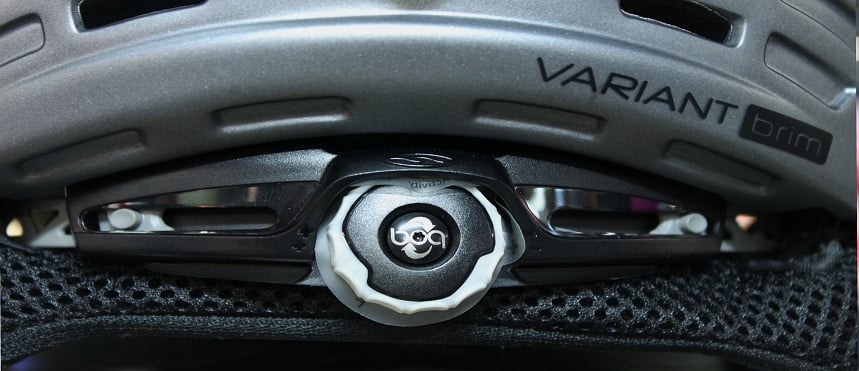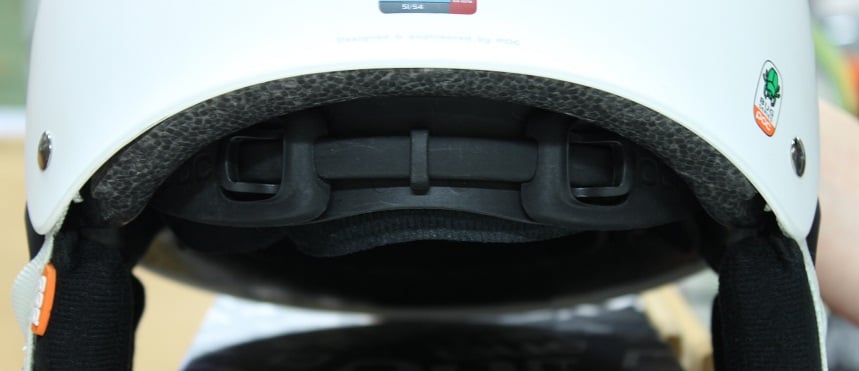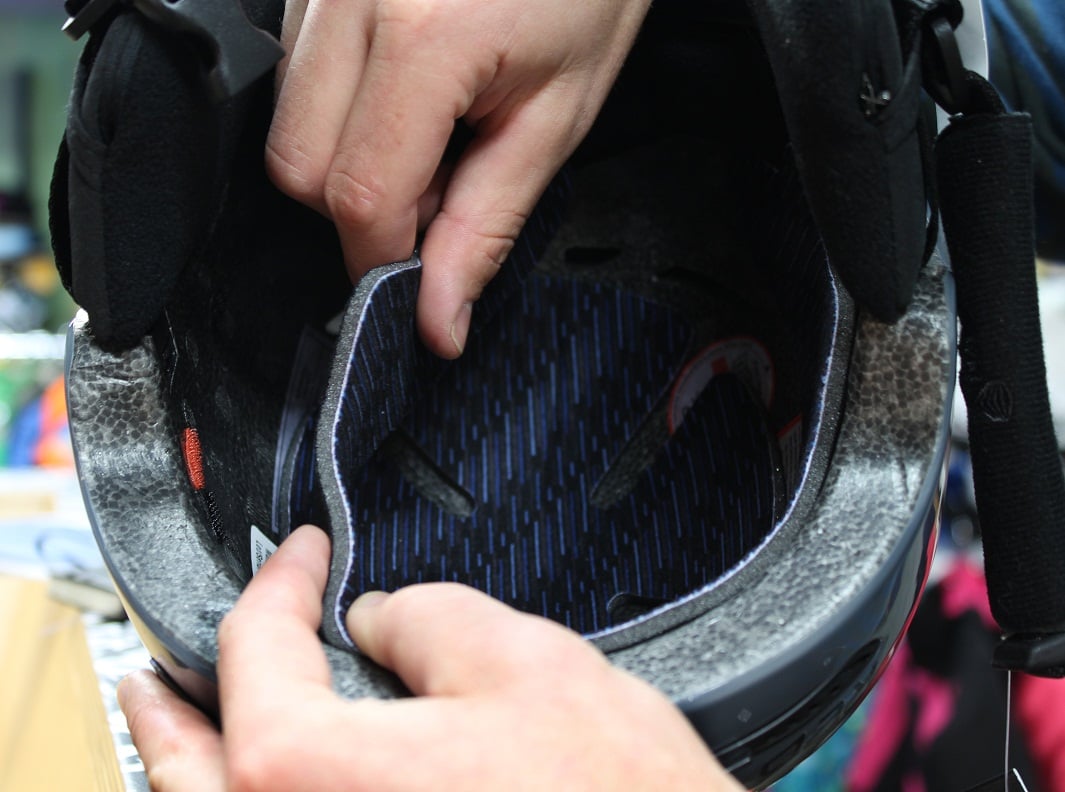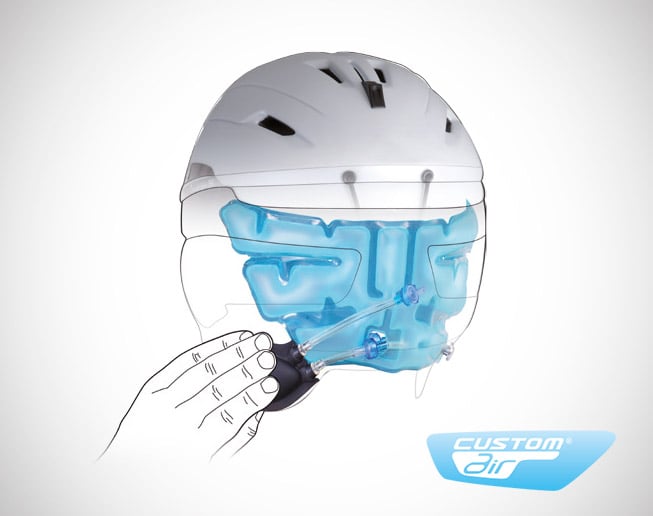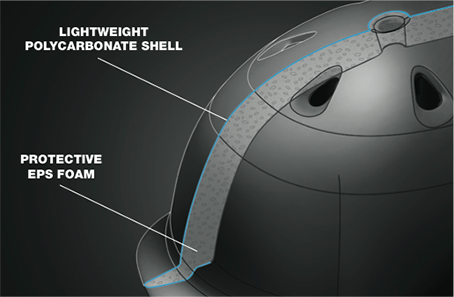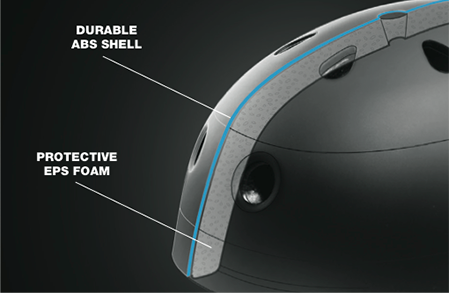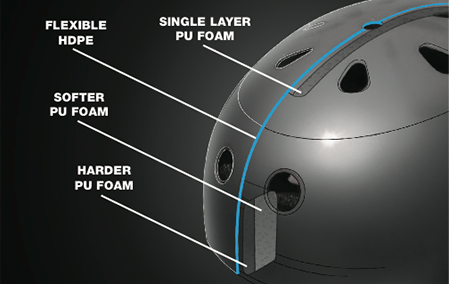How to Choose a Ski & Snowboard Helmet & Size Chart
How to Choose the right Size Ski & Snowboard Helmet?
1. Measure your Head
Take a soft measuring tape and wrap it around your head about 1 inch above your eyebrows and ears. Most helmets are measured in centimeters, so unless you love calculations, measure your head in centimeters. For example, if you measure the circumference of your head and it is 56 cm, you will wear a 56 cm helmet or Medium (55-58cm) depending on the helmet’s size scale.
Don’t have a soft tape measure? Take a piece of string and wrap it around your head and then measure the string.
2. Try It On
After you receive your helmet put it on. The helmet should feel snug. A properly fitting helmet needs to be snug all the way around your head so that it doesn’t move around. You don’t want any excess space between the helmet and your head. Be careful to pay attention to any pressure or pain points.
3. Shake Test
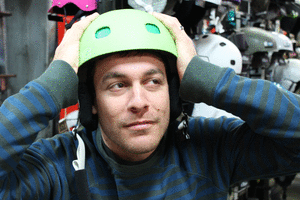
With the helmet on your head, shake your head around. If the helmet moves on its own or shakes separately from your head, it’s too big. Use your hand and move the helmet to the left and right, up and down. The skin of your head should move with the helmet without the helmet shifting on its own. You can choose to buckle the helmet at this point if you wish, but it will not impact the fit of the actual helmet, just keep the helmet on your head.
4. Double Check Your Fit
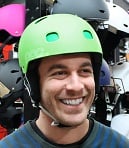
Good Fit
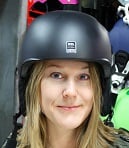
Too Big
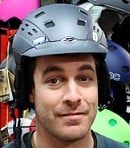
Too Small
Is the helmet too tight? If your head is feeling squeezed or doesn’t fit all the way onto your head, then your helmet is too tight. You should be able to wear your helmet comfortably all day.
5. Go Skiing & Snowboarding!
How to Choose the Right Size Kids' Ski or Snowboard Helmets?
All of the same rules described above for helmets apply to kids helmets. However, fitting kids for helmets can be more difficult because they don’t know exactly how to describe to you how snug their helmet feels. Be sure to pay extra attention to how snug the helmet is and if your kids complain about anything that hurts.
Do not size a helmet with room to grow: if it is too large, it is unsafe.
Ski & Snowboard Helmet Size Chart
| Adult Helmet Size | Head Size (Cm) | Head Size (In) |
| Small | 52 - 55.5 | 20.5" - 21.75" |
| Medium | 55.5 - 59 | 21.75" - 23" |
| Large | 59 - 62.5 | 23" - 24.5" |
| Extra Large | 62.5+ | 24.5"+ |
| Youth Helmet Size | ||
| Extra Small | 48.5 - 52 | 19" - 20.5" |
| Small | 52 - 55.5 | 20.5" - 21.75" |
| Medium | 55.5 - 59 | 21.65" - 23" |
Helmet sizing varies by manufacturer, the above chart is a generally reference. Always check a brand-specific size chart before purchasing a new helmet.
Ski & Snowboard Helmet Construction
Most helmets are designed for a single large impact. In the occurrence of an impact where the hard foam interior collapses or cracks to soften impact, the helmet should be replaced as it is no longer safe. Soft Shell (EPP) helmets are the exception, but may not be ceritified.
Ski & Snowboard Helmet Venting
Fixed Venting
Almost all helmets have some form of open, passive venting built into their design that allows for excess heat and moisture to escape. These systems are generally simple and cannot be personally adjusted. Each company sets up their venting systems in different ways to reflect what they see as necessary.
Adjustable Venting
Helmets with adjustable venting systems give you the ability to open or close the holes to fit your needs depending on the weather conditions. A variety of adjustable systems are used by companies including plugs, sliding mechanisms, and one-push buttons. Choosing a specific system is mostly up to your personal preference.

Photo Courtesy Smith
Fitting Ski & Snowboard Goggles & Helmets
Types of Ski & Snowboard Helmets
There are two main types of helmet: Half Shell and Full Shell
Half Shell
Half Shell helmets are by far the most popular, incorporating soft ear pad protection (in the case of winter helmets) into standard helmet design. This allows for a more comfortable fit and better hearing.Full Shell
Full Shell helmets provide complete coverage and help block out the elements. Racers and sometimes halfpipe riders wear full shell helmets, and kid’s helmets are often full shell, too. If you go fast and hard, attempting tricks and new moves, this helmet provides full ear coverage that can help increase protection to the side of the head and ears.
When Should You Replace Your Ski or Snowboard Helmet?
| *Replace All Helmets Every 3-5 Years | Experts recommend replacing helmets every 3-5 years of use due to the breakdown of materials (see below). |
| EPS Liners (most common) | "Single Impact" - Helmets with EPS constructions necessitate replacement after a single crash or drop from 2+ feet. |
| EPP Liners (less common) | "Multi Impact" - Helmets with EPP constructions are designed to withstand multiple mild to moderate crashes. |
So, how often should you replace your ski helmet? Most helmets are not built to last a lifetime, so it's important to know how often to replace ski helmets. With the vast majority of action sports helmets using EPS (expanded polystryene) liners -- essentially plastic beads and air packed tightly together -- EPS has a tendency to compact and/or crack upon impact. This jeopordizes the protectiveness of the helmet for the next go round. Consequently, most EPS helmets are rated for "single impact."
The other common impact absorbing material used in ski/snowboard helmets is EPP (expanded polypropylene). Helmets constructed with EPP liners are generally rated for "multiple impacts." Although they have a slightly lower safety threshold than their EPS compadres, EPP helmets are increasingly common amongst freestyle/park skiers and snowboarders as they don't necessitate replacement after a single crash.
Crash Replacement Programs
Ski & Snowboard Helmet Safety Ratings
There are three main bodies that test helmets for safety: the American Society of Testing Materials, International (ASTM), the European Committee for Standardization (CE EN), and the CPSC (Consumer Product Safety Commission).
- ASTM F2040 - Non-Motorized Snow Sports
- Requires that these helmets pass positional stability (roll off) and strength retention tests.
- EN 1077A/B - Ski and Snowboard Helmets
- Helmets are tested for blunt impact protection, sharp and pointed object penetration, chin strap resistance, area of coverage, field of vision and clearance between the head and shell.
- EN 1078 - Bicycle and Skateboard Helmets
- Helmets are tested for field of vision, shock absorption, and retention.
- CPSC 1203 - Bike Helmets
- Peripheral VisionTest, Positional Stability Test, Retention Strength Test, Impact Attenuation Test
- ASTM F192 - Downhill MTB Helmets
- Focuses on greater impact protection and provides performance criteria for chin bars on full-face helmets.
- EN 12492 - Mountaineering Helmets
- Impact Protection Standard for rock fall.
Learn More With Our Other Accessories Guides:
Sunglasses - How to Choose
Sunglasses - Style & Face Shape
Goggles - How to Choose
Goggles - How to Wear Goggles with Glasses
Goggles - How to Prevent Fogging
Helmets - How to Choose & Fit Guide
Helmets - MIPS Technology
Gloves & Mittens - How to Choose
Hats - Types, Styles, & Materials
Socks - How to Choose Ski & Snowboard Socks
This is evo. We are a ski, snowboard, wake, skate, bike, surf, camp, and clothing online retailer with physical stores in Seattle, Portland, Denver, Salt Lake City, Whistler, and Snoqualmie Pass. Our goal is to provide you with great information to make both your purchase and upkeep easy.
evo also likes to travel to remote places across the globe in search of world-class powder turns, epic waves, or legendary mountain biking locations through evoTrip Adventure Travel Trips. Or, if you prefer to travel on your own, check out our ski & snowboard resort travel guides and mountain bike trail guides.
Still have questions? Please call our customer care team at 1.866.386.1590 during Customer Care Hours. They can help you find the right setup to fit your needs.
